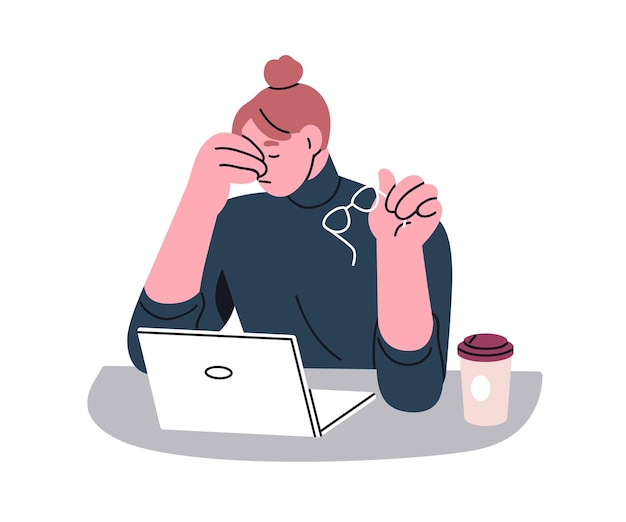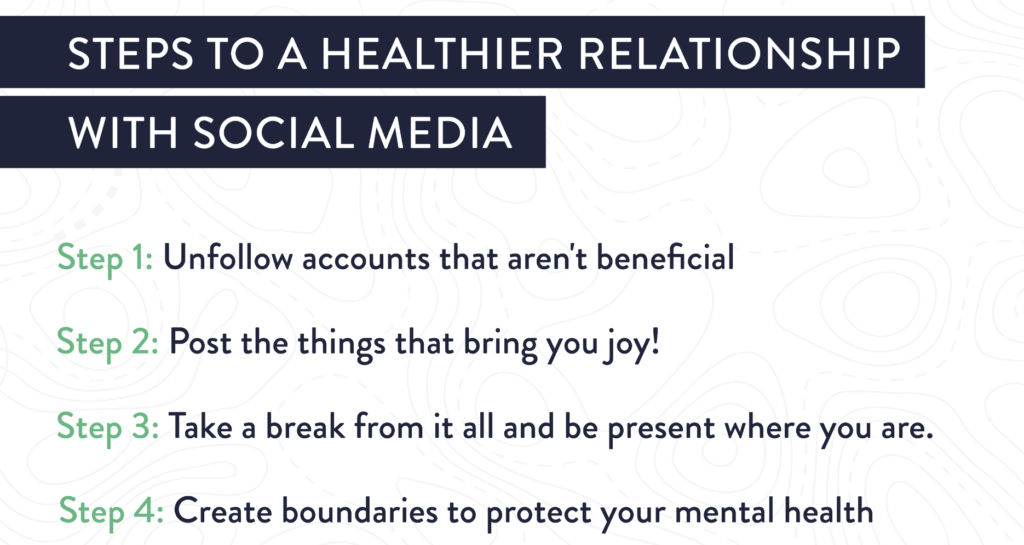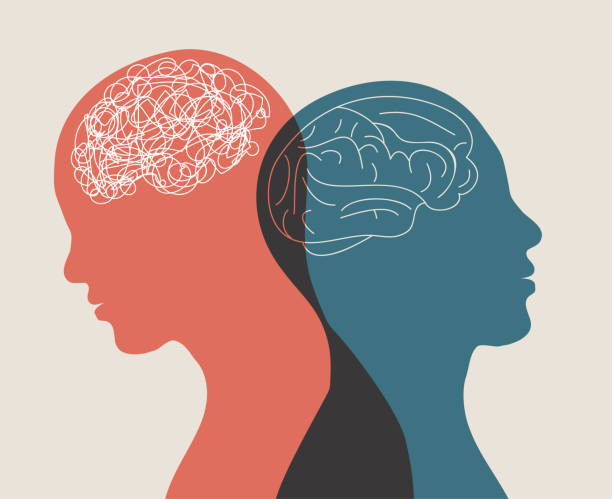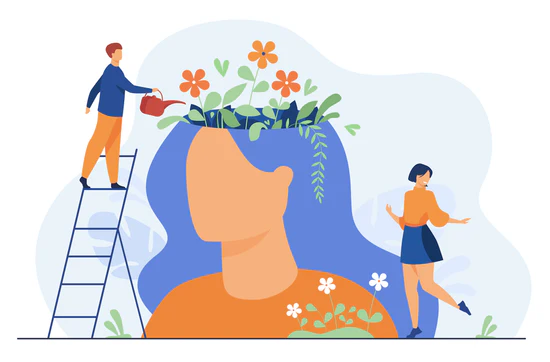Introduction
In an age dominated by social media, trends come and go at a dizzying pace. From fashion and beauty to wellness, entertainment, and even language, cultural shifts now occur in a matter of days or weeks rather than months or years. This phenomenon, often referred to as “trend fatigue,” is the exhaustion and mental strain people experience from the relentless cycle of new and fleeting trends. As digital culture accelerates, it is essential to explore how this rapid change impacts our psychology, self-esteem, and social behaviors.

Read More- Brain Rot
The Nature of Trend Fatigue
Trend fatigue is a relatively new concept, but it has roots in established psychological theories such as decision fatigue and cognitive overload. The constant exposure to evolving trends on platforms like TikTok, Instagram, and Twitter leads to an overwhelming amount of information that individuals struggle to process. The desire to stay relevant and keep up with ever-changing societal norms creates pressure, which can result in stress, anxiety, and even burnout.
A study conducted by the Pew Research Center (2022) found that 64% of social media users feel overwhelmed by the rapid pace of online trends. Additionally, 72% of respondents admitted to feeling frustrated when a trend they had just adopted quickly became outdated. This illustrates a core issue with the fast-paced nature of digital culture: it fosters a never-ending cycle of adaptation and abandonment, leading to exhaustion.
The Role of Social Media Algorithms
Social media algorithms are a major driver of trend fatigue. Platforms like TikTok and Instagram are designed to promote engagement by continuously introducing users to new content based on their preferences and interactions. While this personalization enhances user experience, it also perpetuates a cycle where trends have shorter lifespans, making it difficult for individuals to keep up.
For instance, the “For You” page on TikTok constantly refreshes with trending challenges, fashion aesthetics, or viral phrases, creating a sense of urgency to participate before the trend fades. This system not only pressures users to engage with trends quickly but also discourages long-term cultural appreciation. As a result, people may feel disconnected from their own preferences and values, as they are driven more by external social validation than personal enjoyment.
%201%201.png)
Psychological Impacts of Trend Fatigue
Some of the psychological impacts of trend fatigue include-
- Anxiety and Stress- Many individuals feel compelled to stay relevant in online spaces, leading to heightened stress levels. The fear of missing out (FOMO) plays a significant role in this anxiety.
- Identity Crisis- The rapid turnover of trends makes it difficult for individuals to establish a consistent sense of self. Many young people, particularly Gen Z and Millennials, shape their identities based on social media influences. When trends disappear overnight, it can create uncertainty about one’s personal style, interests, or values.
- Consumerism and Financial Strain- The constant cycle of new fashion, beauty, and lifestyle trends fuels excessive consumerism. Fast fashion brands capitalize on microtrends by producing cheap, short-lived items, encouraging impulse buying. This not only leads to financial stress but also contributes to environmental concerns, as discarded clothing accumulates in landfills.
- Decreased Attention Span- With trends changing so rapidly, people develop shorter attention spans, making it harder to appreciate long-term interests or deep engagement with hobbies.
Cultural and Societal Consequences
The phenomenon of trend fatigue extends beyond personal psychology—it affects broader cultural landscapes as well. Traditional forms of art, literature, and fashion, which once had lasting impact, now struggle to hold relevance in the era of fleeting trends. For example, music and entertainment cycles have shortened, with artists and creators feeling pressured to produce viral content rather than meaningful, long-lasting work.
Additionally, trend fatigue has implications for diversity and inclusivity. Many cultural movements, such as body positivity or mental health awareness, gain traction as “trends” but lose significance when social media moves on to the next viral moment. This devalues important discussions that require sustained attention and action rather than temporary interest.
Coping Strategies for Trend Fatigue
While trend fatigue is difficult to escape in the digital age, there are ways to mitigate its effects-
- Curate Social Media Feeds- Being mindful of who and what you follow can help reduce exposure to overwhelming trends. Unfollowing accounts that promote excessive consumerism or unrealistic beauty standards can be beneficial.
- Engage in Mindful Consumption- Rather than impulsively buying into every trend, focus on long-term investments in personal style, hobbies, and values. Consider whether a trend genuinely aligns with your identity before adopting it.
- Set Boundaries with Social Media- Limiting screen time and taking breaks from social media can help reduce stress and anxiety associated with keeping up with trends.
- Focus on Authenticity- Embracing one’s unique preferences rather than feeling pressured to conform to trends fosters self-confidence and personal fulfillment.
- Practice Digital Minimalism- Digital minimalism—a movement that encourages intentional technology use—can help individuals detach from the endless cycle of trends and focus on meaningful online interactions.

Conclusion
Trend fatigue is an inevitable byproduct of a culture driven by social media and digital engagement. While staying connected and informed has its benefits, the relentless pace of fleeting trends can take a psychological toll. Recognizing the impact of trend fatigue and taking proactive steps to manage digital consumption can lead to a healthier and more balanced approach to navigating contemporary culture. As we move forward, fostering a digital landscape that prioritizes meaningful engagement over short-lived hype is crucial for mental well-being and cultural sustainability.
References
Pew Research Center. (2022). “The Social Media Trend Cycle: How Users Respond to Fast-Paced Digital Culture.” Pew Internet & Technology Reports, 15(2), 134-150.
Vogue. (2024). “Psychology of Trend Culture: The Hidden Costs of Viral Obsession.” Retrieved from https://www.vogue.com/article/psychology-trend-culture-49345657
The Guardian. (2024). “Are We Too Tired for Trends? The Rise of Digital Overload.” Retrieved from https://www.theguardian.com/culture/2024/feb/10/are-we-too-tired-for-trends
Subscribe to PsychUniverse
Get the latest updates and insights.
Join 3,005 other subscribers!
Niwlikar, B. A. (2025, February 19). Trend Fatigue and Its 4 Psychological Effects. PsychUniverse. https://psychuniverse.com/trend-fatigue/



